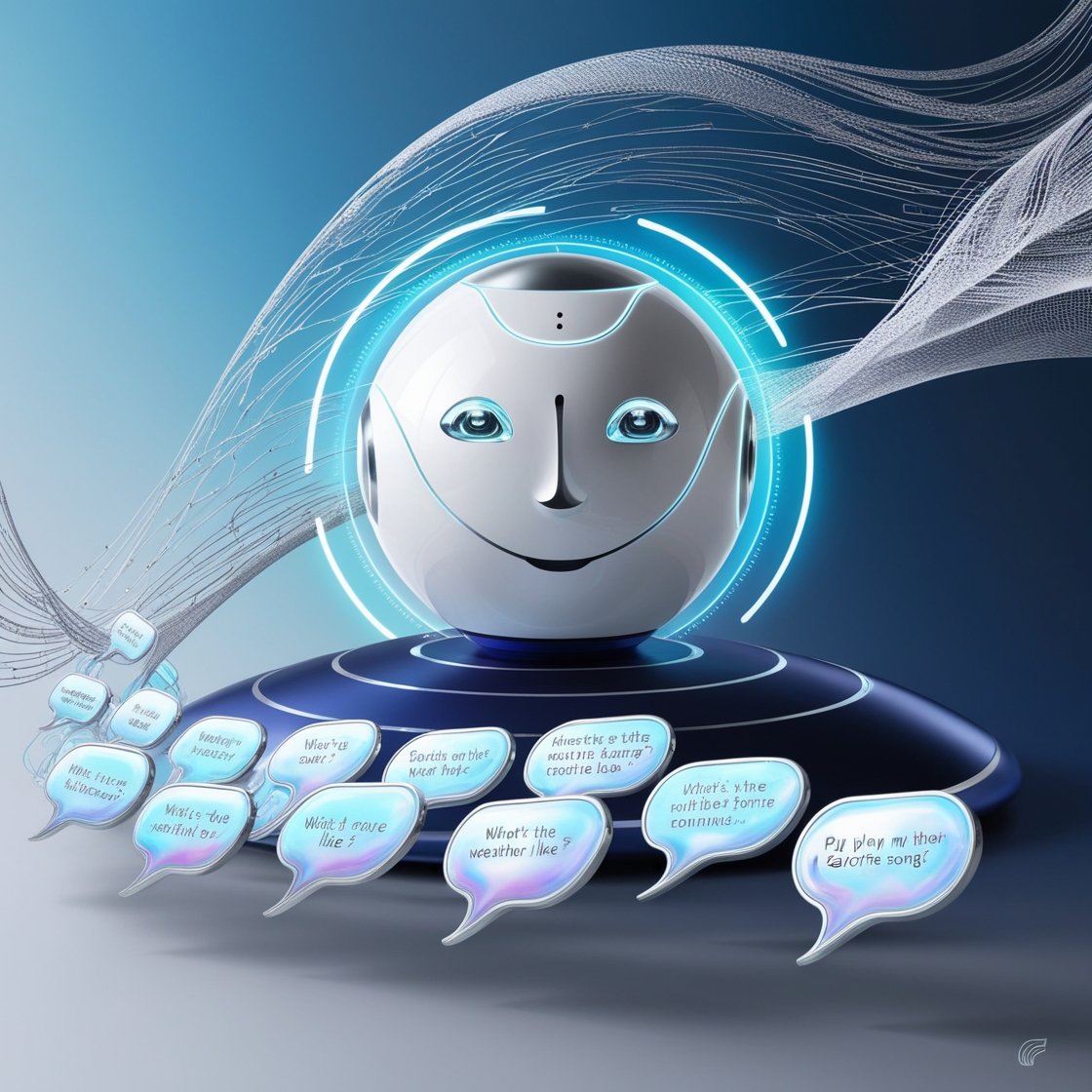AI and the Evolution of Voice Assistants: Beyond Simple Commands
In the past decade, voice assistants have become an integral part of our daily lives. From setting alarms to answering complex questions, these AI-powered assistants have evolved significantly. But how exactly did they transition from basic command-following tools to the intelligent, conversational systems we use today? This article delves into the evolution of voice assistants and explores how AI has revolutionized this technology.
The Early Days of Voice Assistants
Voice assistants, in their early forms, were relatively limited. They could only perform simple tasks, like dialing a number or playing music, based on very specific, predetermined commands. Think of early iterations like Microsoft’s Cortana or Apple’s Siri. While innovative at the time, they were constrained by their inability to truly “understand” the user. The concept of a natural conversation with these tools was far-fetched.
How AI Transformed Voice Assistants
The game changer for voice assistants was the introduction of AI, which allowed for more sophisticated data processing and a deeper understanding of human language. This technology brought voice assistants from basic tools into dynamic systems that could learn, adapt, and provide more complex interactions. AI enables voice assistants to interpret user intent, even when commands are phrased in an unusual or vague manner.
Natural Language Processing (NLP) and Voice Assistants
At the heart of AI-powered voice assistants is Natural Language Processing (NLP). NLP helps machines understand, interpret, and respond to human language in a way that feels natural. Thanks to advancements in NLP, voice assistants can now handle varied and complex sentences, making conversations feel more fluid and intuitive. This allows users to speak naturally rather than adhering to rigid, command-based structures.
Voice Assistants and Machine Learning
Another pillar of modern voice assistants is Machine Learning (ML). This subset of AI enables voice assistants to learn from each interaction, getting smarter over time. Machine learning models continuously improve by analyzing user data, allowing assistants to make better predictions and offer more personalized responses. The more you use your voice assistant, the more attuned it becomes to your preferences.
Integration with Smart Devices
Voice assistants are no longer confined to your phone or computer—they are embedded in a wide range of smart devices. From controlling smart lights to adjusting the thermostat, voice assistants have become central to the modern smart home ecosystem. This seamless integration with devices has made daily tasks simpler, giving users unprecedented control over their environments.
From Commands to Conversations
The leap from basic commands to rich, meaningful conversations marks one of the most significant shifts in the evolution of voice assistants. With AI advancements, voice assistants are now capable of engaging in two-way interactions that feel more human. Instead of asking your assistant to perform individual tasks, you can now have a more nuanced conversation, with the assistant adapting its responses based on the context.
Contextual Understanding and Personalization
One of the biggest improvements in AI-driven voice assistants is their ability to understand context. They remember previous interactions, analyze your preferences, and offer personalized recommendations. For example, when you ask your assistant to “play my favorite playlist,” it knows exactly what you’re referring to, thanks to previous user data and behavior analysis.
The Role of Cloud Computing in Voice Assistants
Cloud computing plays a crucial role in the evolution of voice assistants. By leveraging cloud technology, voice assistants can access vast amounts of data and perform complex tasks in real-time. This connectivity allows them to be faster, more accurate, and able to handle larger datasets than ever before. Cloud computing essentially provides the “brains” behind AI, making the system more powerful.
Challenges in Voice Assistant Evolution
While the progress is undeniable, voice assistants aren’t without challenges. Privacy concerns are at the forefront of discussions around voice technology. As voice assistants gather massive amounts of personal data, ensuring the security and confidentiality of that data is critical. Additionally, voice assistants still struggle with accuracy issues, particularly when dealing with accents, dialects, or background noise.
Voice Assistants in Different Languages
Multilingual capabilities are another area where AI has pushed voice assistants to new heights. Today, these systems can understand and respond in multiple languages. However, understanding different accents, dialects, and slang remains a challenge, highlighting the need for continuous refinement.
AI Ethics in Voice Technology
As AI becomes more embedded in voice technology, ethical concerns are being raised. Issues such as data privacy, algorithmic biases, and the responsible use of AI are vital. Developers and tech companies must ensure that AI-driven voice assistants are designed with transparency and accountability.
Future of AI and Voice Assistants
The future of voice assistants is incredibly promising. Innovations like emotional recognition, where voice assistants can detect and respond to the user’s emotions, are on the horizon. Additionally, we can expect AI to make voice assistants even more conversational and adaptive, further blurring the line between human and machine interactions.
How Voice Assistants are Shaping Industries
Voice assistants are revolutionizing industries such as healthcare, customer service, and education. In healthcare, for instance, voice assistants help patients schedule appointments and monitor health metrics. In education, they serve as personalized learning tools. AI-powered voice assistants are reshaping how these industries function, making services more accessible and efficient.
Conclusion
The evolution of voice assistants has been nothing short of remarkable. What started as simple, command-driven tools has now transformed into sophisticated systems capable of understanding and engaging with users on a deeper level. AI continues to be the driving force behind these advancements, and as technology progresses, we can only expect voice assistants to become more integral to our lives.
